Bacalar, Mexico is located in the Mexican state of Quintana Roo in the southeastern part of Mexico, near the Belize border. Bacalar is also the name of the amazing fresh-water lagoon on the east side of the town. The name Bacalar most likely derives from Mayan languages:
Where exactly is Bacalar?
This small town of Bacalar is located on Hwy 307 just 130 miles south of Tulum and 25 miles north of the Belize border. The main part of the city is located to the east of Hwy 307 spanning about 10 blocks between the highway and the Laguna. The town measures about 1 mile wide and about 3 miles long. The town has a park square in the center of the city, surrounded by several restaurants and shops. Located near the center of town is the Fortress de San Felipe Bacalar, which was built in 1720 after the town was attacked by pirates. The Fort is still open to visitors. Bacalar was named a “Pueblo Mágico” in 2006.
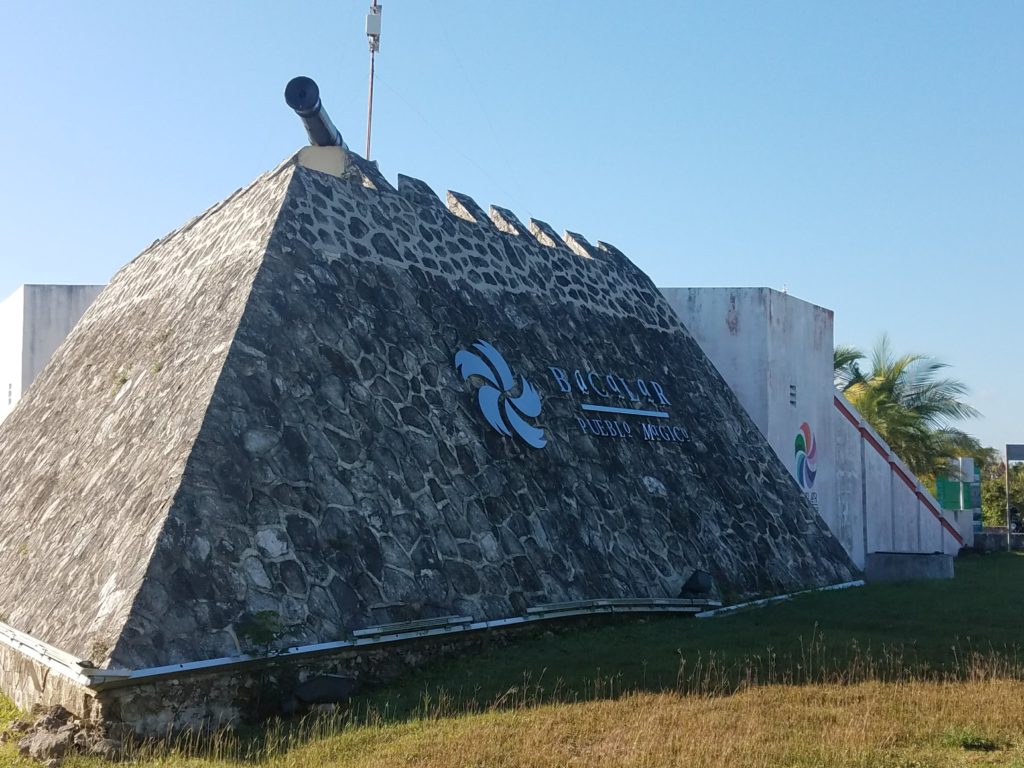
In the 2010 census, Bacalar had a population of approximately 11,000. Bacalar is a relatively small town but developing quite rapidly. It seems that new restaurants and hotels are opening every month. So, you might want to visit soon while it is still “small”.
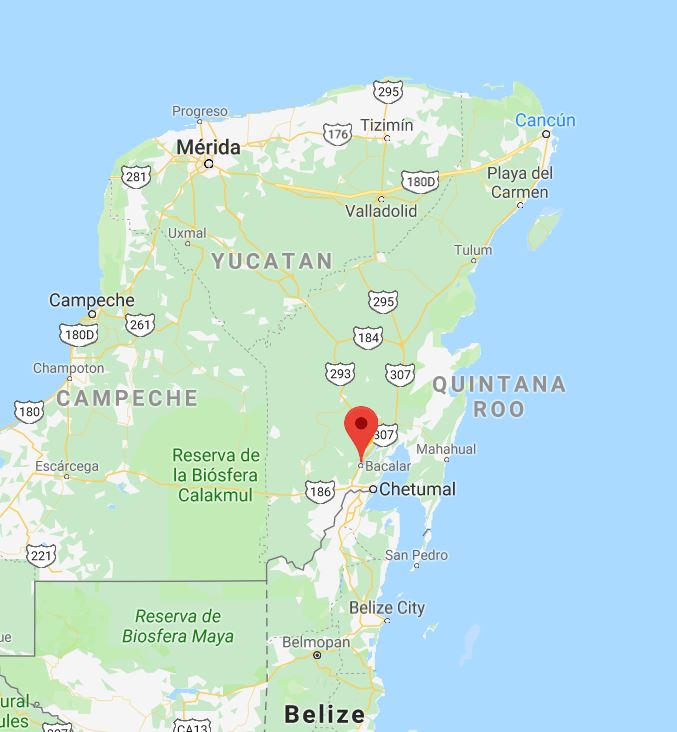
How to get there?
If you are coming from Cancun/Playa/Tulum area, the easiest way is to take a bus (ADO or Mayab) south. The ADO buses are slightly nicer than the Mayab as they have a restroom on the bus. Both are air-conditioned, have nice seats, luggage storage over bins and under the bus and show movies (in Spanish) while you are traveling. This will cost about 400 pesos per person (about $19 US). The bus will stop just inside the city limits of Bacalar at the main bus terminal located on Hwy 307 just past Calle 30.
Where to stay? What to do?
There are quite a few condos, hotels, Airbnb, and rooms for rent in Bacalar. And quite a few good restaurants. I recommend Bote de Leche and El Barril. One great restaurant along the Laguna is La Playita which has a magnificent banyan tree that is growing sideways, and a great view of the lake, although it is a little more expensive. Like most destinations, you pay for the view. There are also quite a few ruins to visit close to Bacalar. The most notable are Dzibanche, Kohunlich, and Chacchoben (all about an hour’s drive away). Bacalar also boasts some amazing cenotes like Cenote Azul, if you are interested in swimming in the sweet waters from the underground rivers. Many believe these waters to be magical.
The main attraction in Bacalar is the Laguna.
Laguna Bacalar is approximately 26 miles long measured from north to south and 1 mile at its widest. The lake is renowned for its striking blue color and water clarity, partly the result of having a white limestone bottom. Like most bodies of water in the Yucatán peninsula, the lake is fed by underground rivers. There are three noticeable cenotes connected to the lake, which are easily identifiable by their deep blue color of water. Because of the porous limestone, the Yucatan Peninsula has very few lakes, and Bacalar is by far the largest and is fed by the underground river which creates quite exquisite crystal clear water.
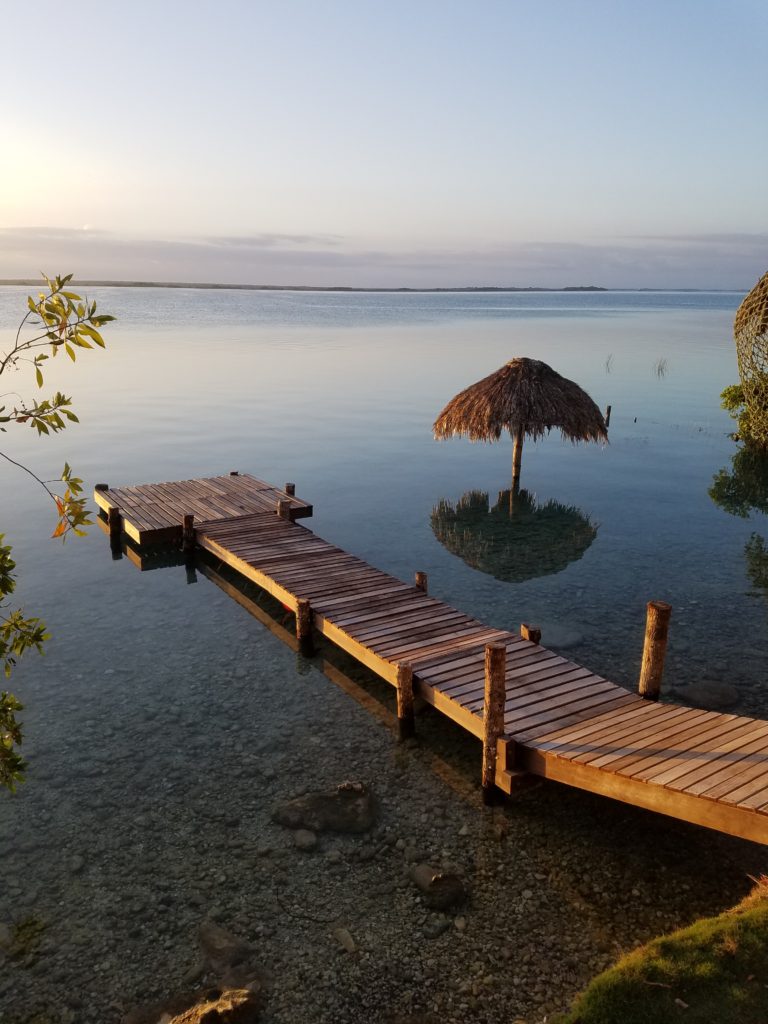
As you can see Lake Bacalar has different qualities and hues throughout the day. Early morning the waters are calm and reflective. These conditions are perfect for sunrises as the lake faces full on east .
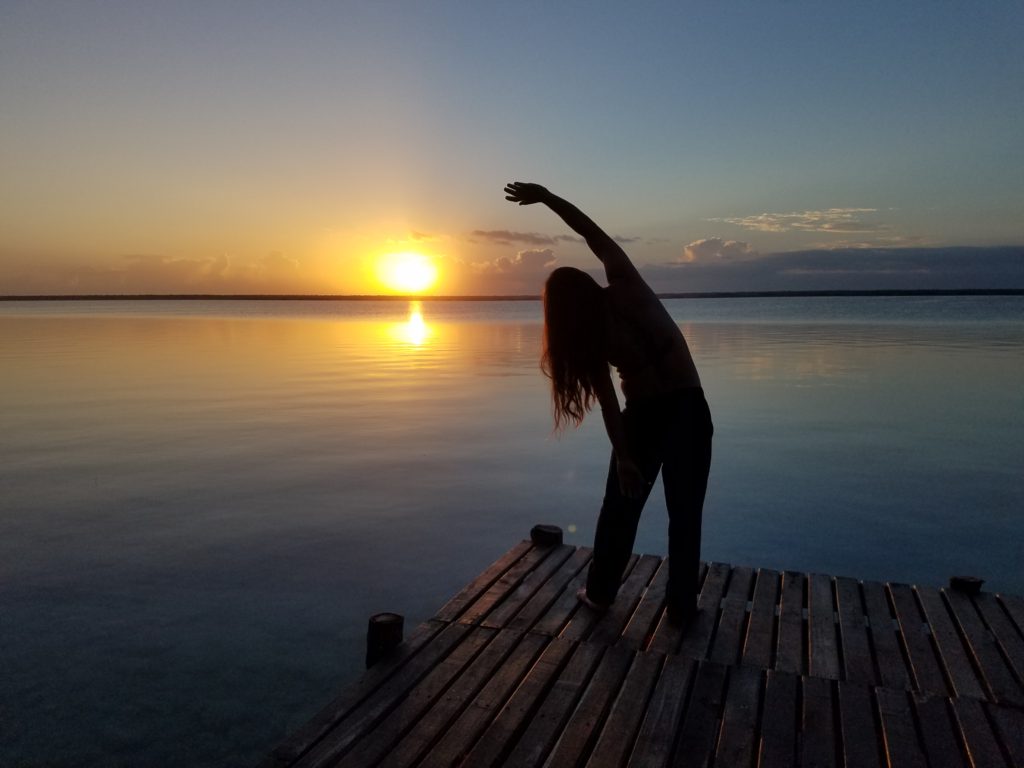
But nothing beats the exquisite turquoise hues of the water in the mid-afternoon.
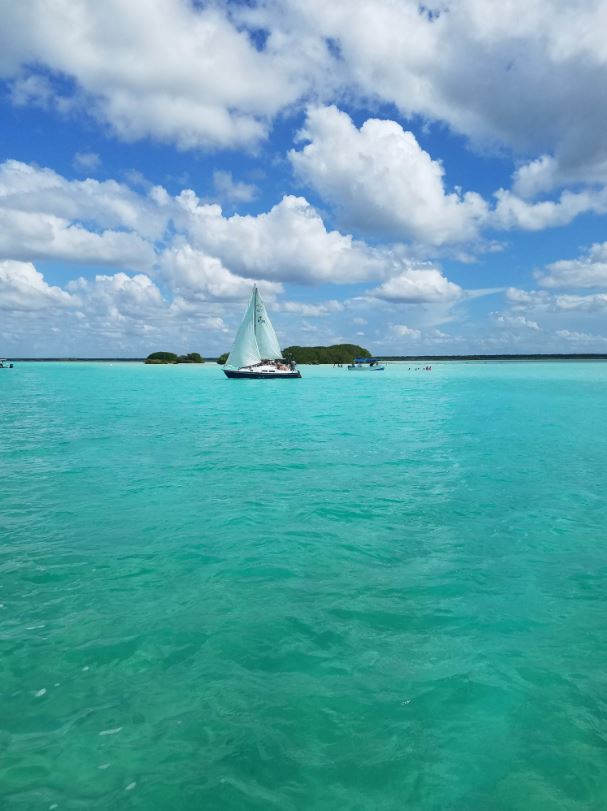
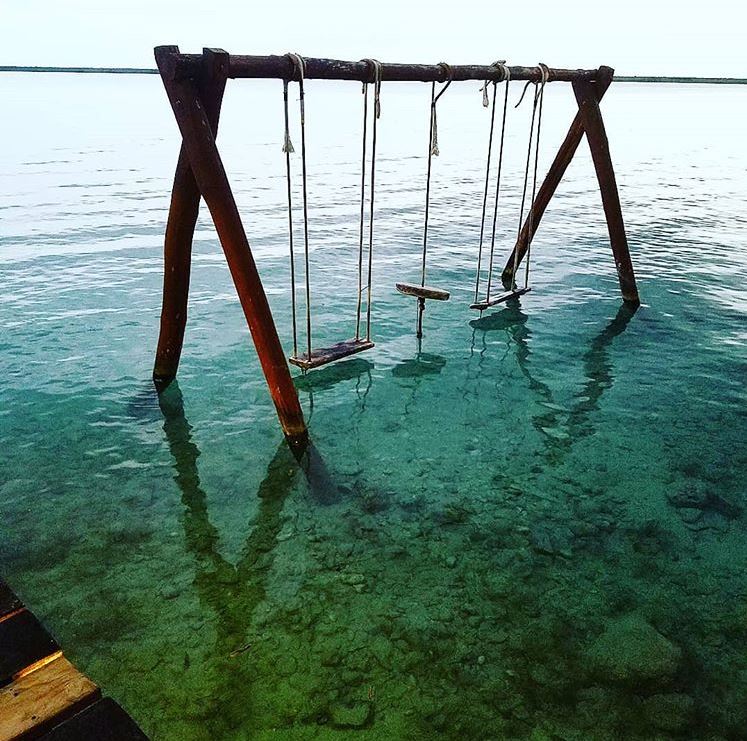
The lake contains a huge population of the oldest life on the planet, the cauliflower-like stromatolites that only still exist in a few locations. Definitely read more about the history of Stromatolites. They are quite old and produce a huge amount of oxygen. The ones in Bacalar are over 6.2 miles long, which may be the largest sized living freshwater organism on Earth. That makes these extremely rare and fragile, so please don’t touch or stand on them. You could injure them!
There are so many magical qualities of Laguna Bacalar, but the most jaw-dropping is the wide range of colors of the water. Laguna de Bacalar is known as the “Lake of Seven Colors” for good reason. The crystal clear waters and white sandy bottom of the lake create varying shades of turquoise, blue and indigo that change throughout the lake in different depths of water. Some parts are so clear that some areas just look like sand, even when they are covered in 4 foot of water. The aquamarine water is clear and perfect temperature, not too hot and not too cold.
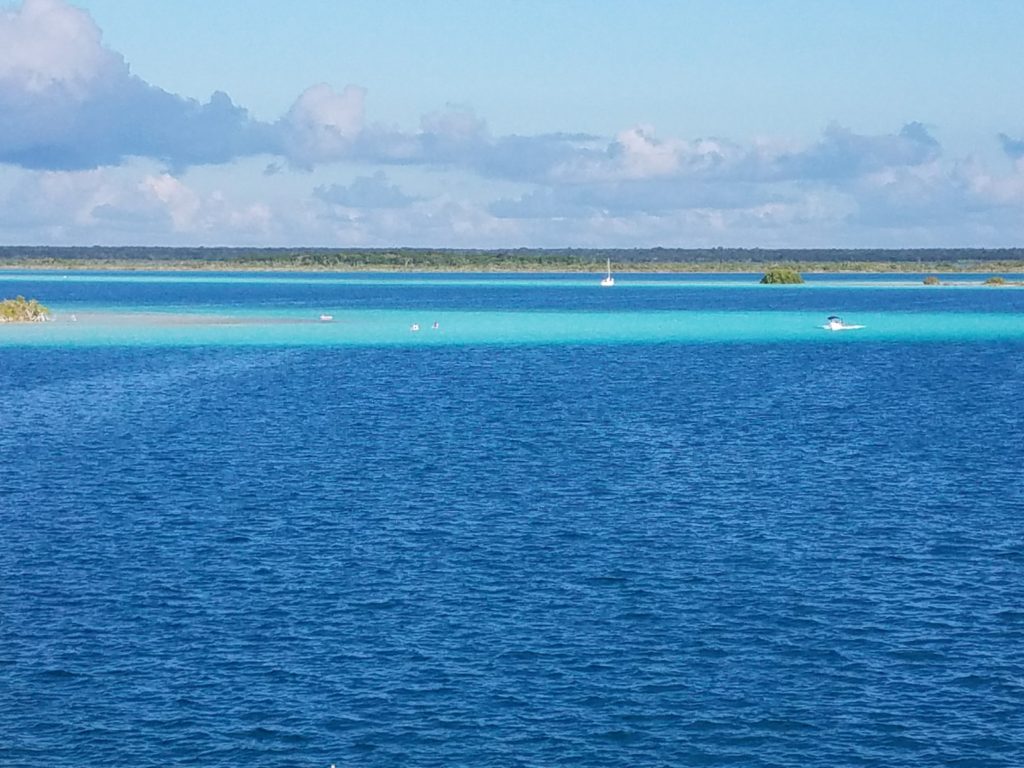
Check out this aerial footage to get a vision of the Lake Bacalar – the Lake of Seven Colors.
Bacalar is truly a little slice of paradise in the southeast region of Mexico. It is inspiring and amazing to visit. I know the locals in Bacalar are probably cringing as they read this blog as they try to keep this beautiful lake hidden from the rest of the world, mostly to protect its beauty and history. So, if you do visit, be courteous and protect the environment.
Happy Travels. Here’s to a most prosperous journey!
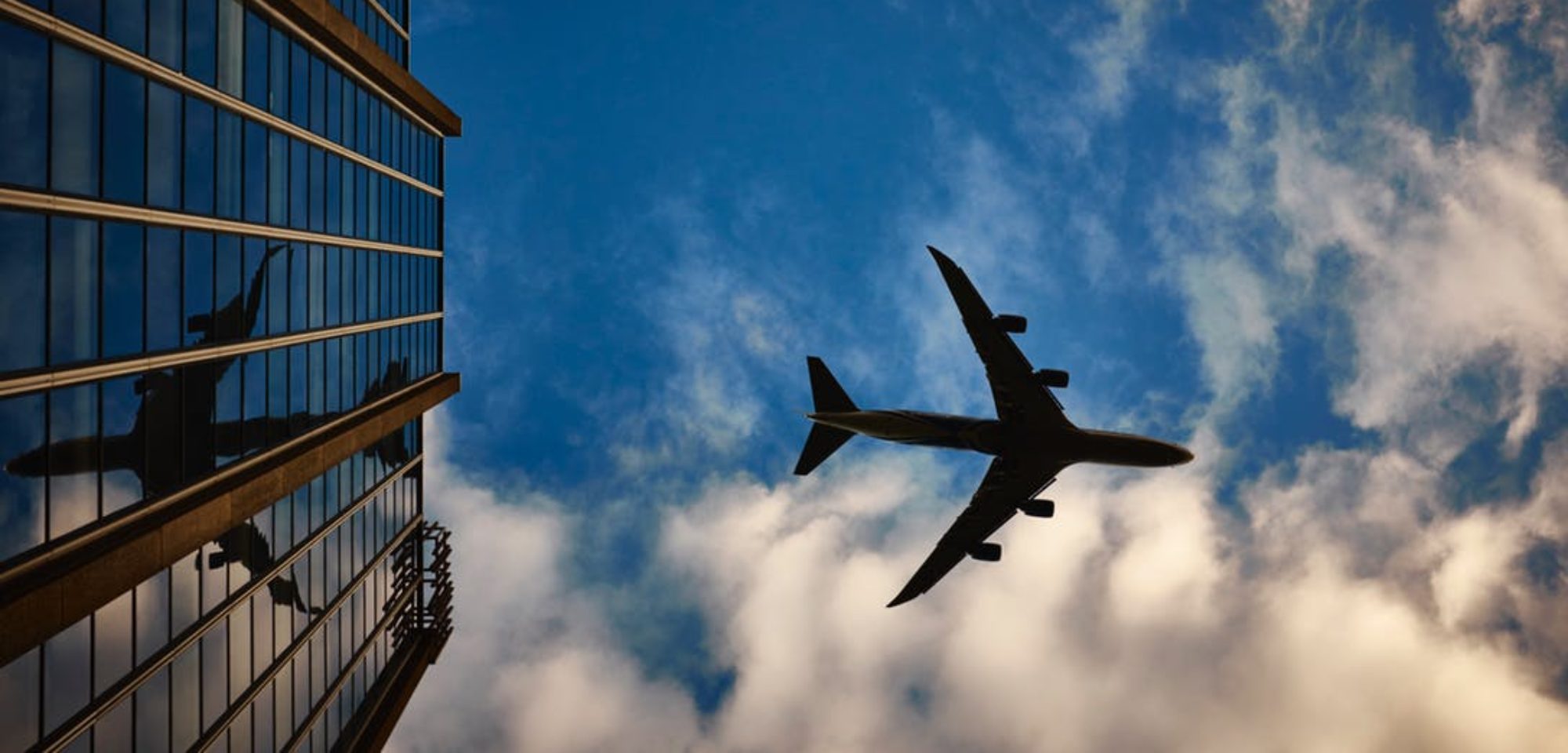

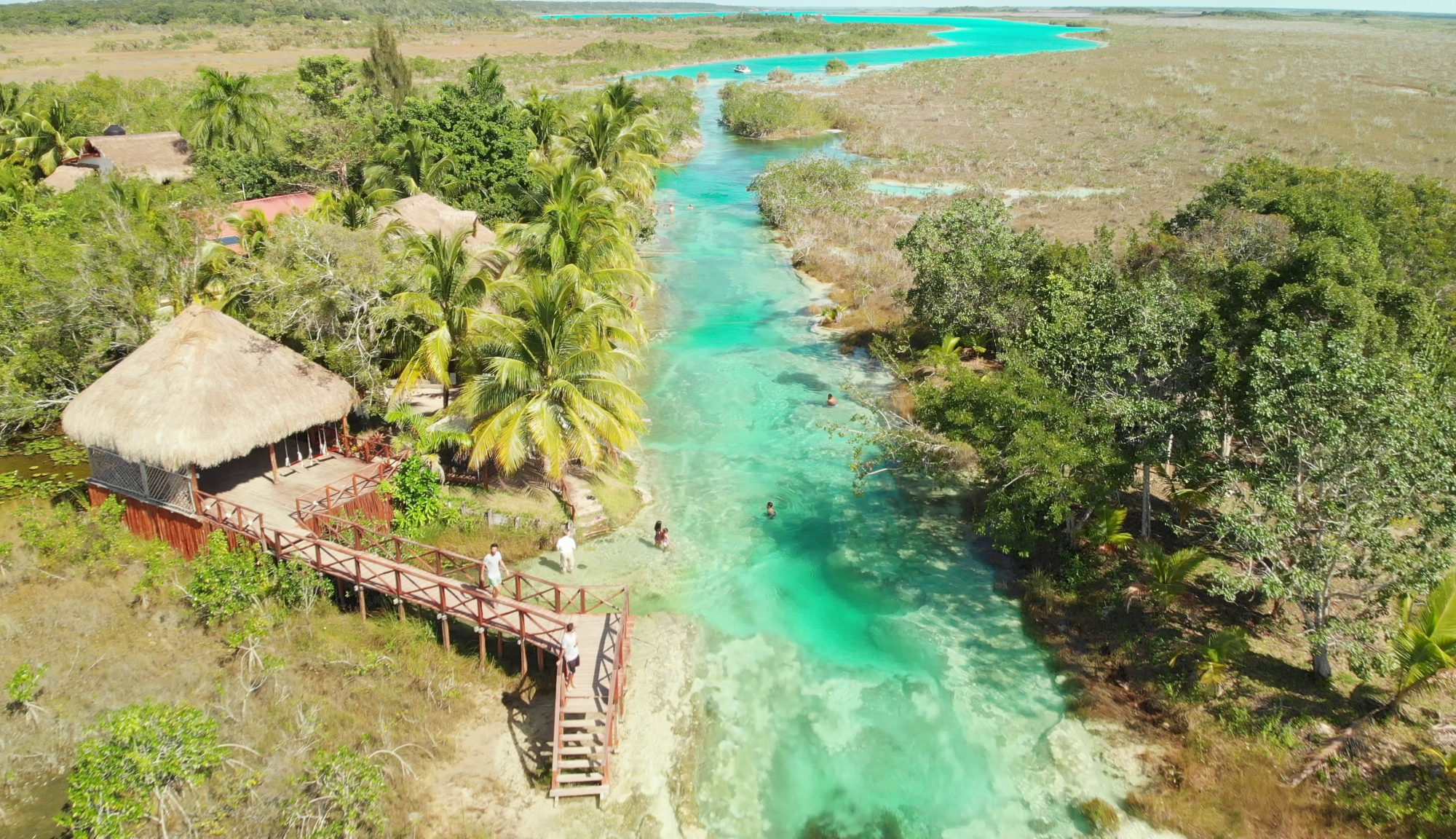
I had never heard of it before but Mexico is defo on top of my bucket list!!!
This place looks unreal. The pictures you took are absolutely stunning! Thanks for sharing xx
Anaïs | http://anais-n.com
Thanks, Anais. It is almost surreal. I have friends that live on the lake and they post pictures of the sunrise over the lake every day. It is just stunning!
I have never heard of this place but your pictures make me really want to go! Especially with all the cold weather here in the Midwest, this looks like paradise!
Yes, Pam. I’m ready to escape this cold weather in Colorado as well. Bacalar is truly magical. I hope you get to visit. Not many people have heard of this place, and the fresh-water lake is unusual. That’s why I’m sharing the information!
We have not visited there. This is the first time I am learning about this location. Thank you. I am adding it to my places to see.
Oh, that wonderful Missy. I have visited 3 times now in the last 2 years and I can’t wait to go back again!
Fascinating and informative! not to mention gorgeous
Thanks Jen, It really is a gorgeous place.
The water looks amazing!
There really is so much to see out there! Love those swings!
Thanks, Gail. It is breathtaking!
That water is unbelievable!! This is going on my list!
Tracey, I keep Bacalar on my list. I try to visit once a year.
This looks amazing! Why have I never heard of it before?? On my list!
Thanks, Tricia. Yes, Bacalar is a little unknown lake. It is on my list to return soon as well.
The Laguna is absolutely breathtaking! I can’t get over the color of the water.
Yes, Janine. Sometimes it feels like someone put blue die in it. It is hard to believe.
The water is so beautiful! Since moving to NC in January, I’ve discovered that the weather during the entire month of February is usually raining and dreary. Your photos make me dream of a nice February vacation to Mexico!
Yes, Shirley. Winter is actually the best time to visit. The beaches can warm you up in January and February!
Love this. Mexico has some great places that aren’t so commercial.
Yes, Arianny. This is so relaxed because it isn’t commercial. Not that many tourists (yet)!
I love the swing set in the water!! How cool would that be to swing and your feet grace the water’s surface with each swing back. The laguna looks gorgeous.
Yes, T.M. I am always searching out swings. Swings over water are even better! So relaxing.
We have never heard of Stromatolites before. Very cool! Our children love the ocean and I’ll share this amazing marine life with them.
Absolutely gorgeous! I loved your video that highlighted the beauty. This looks so relaxing.
Thanks, Jordin. It really is so relaxing. Thanks for your feedback.
The water looks amazing! Never heard of this area before, but looks like it is worth visiting.
Thanks, Jennifer. This is a little-known gem in Yucatan. It is just amazing. Hope you get to visit.
That looks like paradise! I want to be there right now!
Thanks, Amanda. I have been 3 times and my love for Bacalar grows every time. I hope you can visit.
This is a topic that is near to my heart… Many thanks!Where are your contact details though?